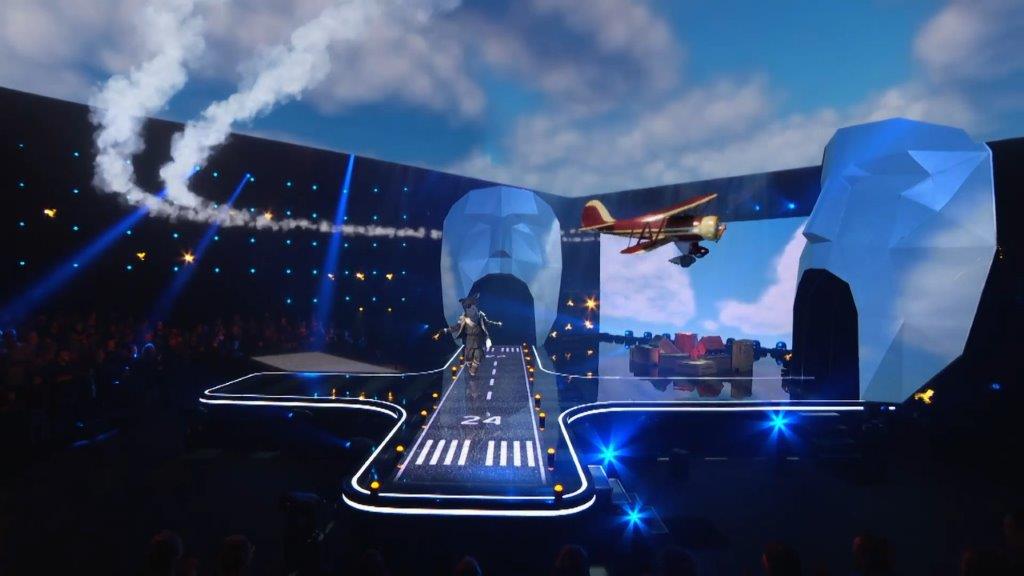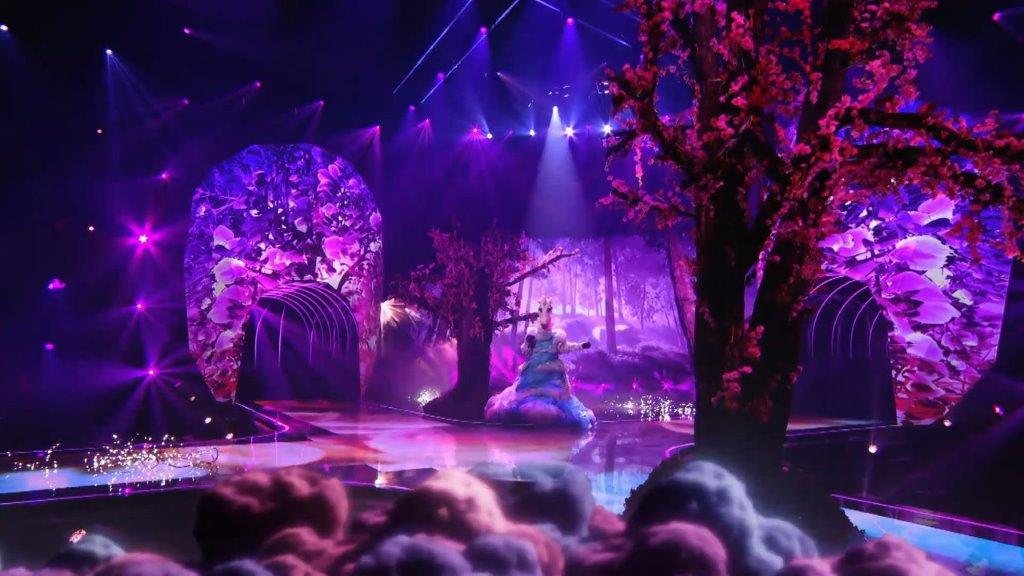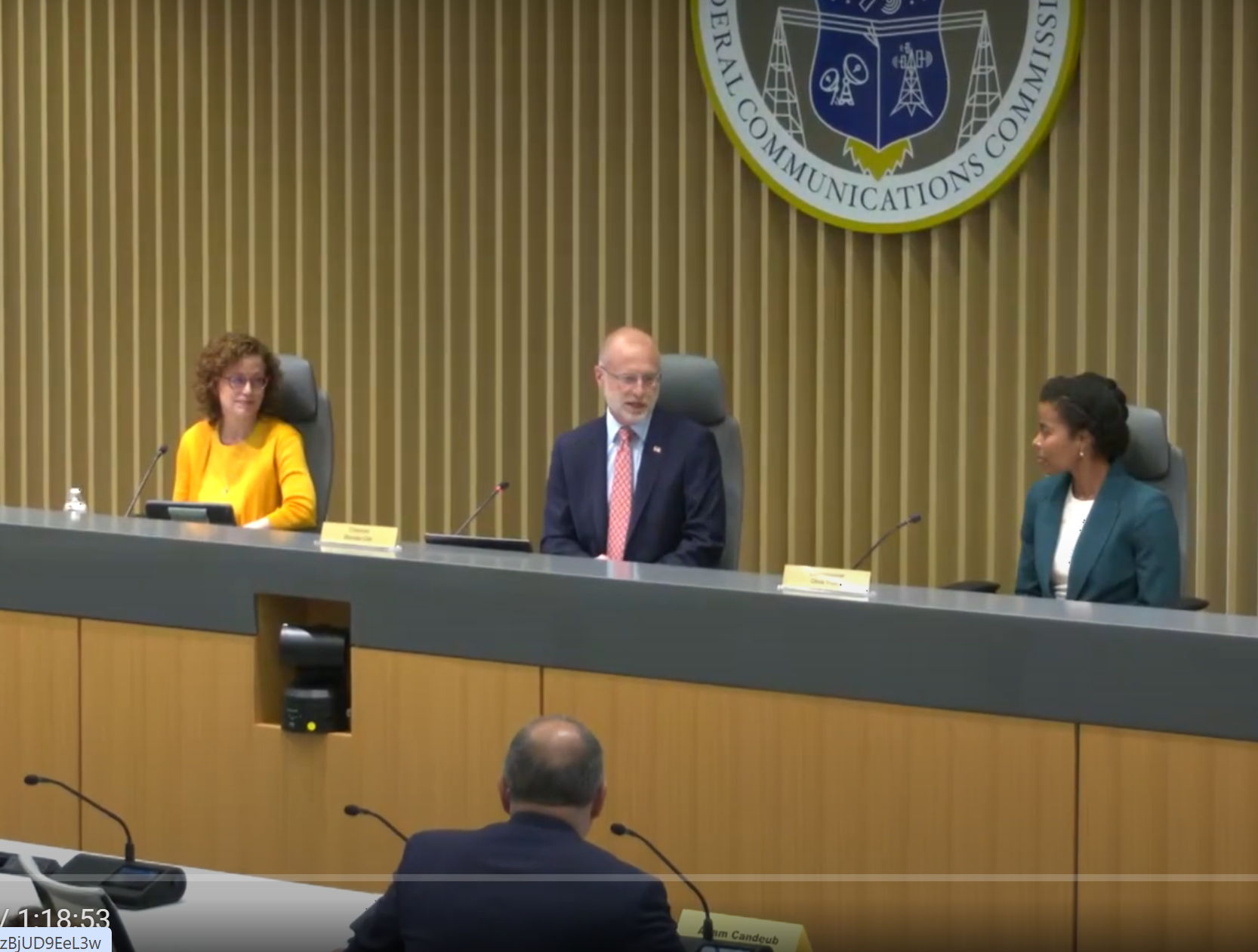Sponsored: Augmented Reality Adds Excitement To Canada’s ‘The Masked Singer’
“Chanteurs Masqués” used four channels of Ross Video Voyager AR to create fantastical sets

“Chanteurs Masqués” (Canada’s version of “The Masked Singer”), one of the most popular shows on the airwaves north of the border, is riding high with this season transitioning from hourlong episodes to 90 minutes to feed the insatiable fan appetite for the program.
An entertaining mix of singing celebrities in elaborate costumes, exciting choreography and fantastical sets, the show has captivated the imagination of viewers with audiences of almost 2 million tuning in weekly to the show on Canada’s TVA French-language television network.
Going into its second season with augmented reality (AR) Sept. 14, the show’s producers have turned to the technology to keep viewers on their toes and wanting more.
“With AR, it’s possible to transform the studio into a completely different space,” says show Producer Julie Ross. “It allows us to open up a range of possibilities that we don’t have with real set elements.”
Since September 2024, “Chanteurs Masqués” has wowed fans with everything from a virtual airplane flying overhead on set to a tropical paradise complete with virtual palm trees gently swaying in the breeze thanks to augmented reality.

Luc Sirois, director of the show, remembers seeing what augmented reality could do for the first time in 2019 during the Video Music Awards performance of Missy Elliot when a UFO appeared above the stage. “I didn’t understand what it was,” he recalls. “It was too big to be rigged on the floor. I called Jonathan [Fortin, CTO of Montreal-based mobile production firm Rec4box] and asked him: “What the hell is going on?”
Fortin began to do his research, and by the next year he and Sirois were ready to tackle Canada Day production for CBC/SRC with AR. “It was a total learning experience, but we did it,” says Sirois.
The professional video industry's #1 source for news, trends and product and tech information. Sign up below.
When the show’s producer came to Sirois about adding AR to the production of “Chanteurs Masqués,” he expressed confidence and trust in selecting and using Ross Video’s technology.
Rec4box developed its AR tech infrastructure around the Ross Video Voyager and Lucid virtual production solution, which harnesses the Epic Games Unreal rendering engine to create photorealistic virtual environments.
Four flypack-housed servers, each running Ross Voyager, are positioned front of the house at the studio. Voyager AR is applied to four channels of video from the 12 cameras used for the production. The AR channels, clean feeds of those four channels and feeds from the other eight cameras are sent to a mobile production unit where the show is switched, mixed and recorded live to tape.
Rec4box owns a host of Ross Video Voyager AR systems used by other clients and was contracted by Canada’s Bell Media to build and manage another 17.
“One of the main reasons we went with Ross is because every time we need to have a specific software feature, they listen to us,” says Fortin. “We push the boundaries of the software pretty hard because we want to do big things for ‘Chanteurs Masqués,’ which is the biggest show in Canada.”

Workflow Demands
Transitioning the production of “Chanteurs Masqués” to integrate AR required Rec4box to train the production crew on the technology.
“A show like ‘Masqués’ is very regimented and requires a huge team,” says Fortin. “That team didn’t know what the effect of augmented reality would be on their jobs because it’s different. You don’t work the same way that you have worked for the past 20 years.”
However, after the training, the production staff quickly became proficient in AR. The team now thoroughly understands what AR can do and how to use it. “They've learned pretty fast, and they've discovered that they can do pretty cool things that were impossible before,” says Sirois.
Echoing Sirois’ comments, Fortin says Rec4box originally chose Ross Video’s Voyager AR solution specifically because it was so easy to learn.
Planning for augmented reality for each episode begins two months before filming via creative meetings with artistic director Geneviève Dorion-Coupal, Voyager designer/Unreal artist Maxime Rouleau-Villeneuve and some members of the production team. Depending on the characters and costumes that will be part of the season, the team develops ideas and universes to create with AR that can be advanced throughout the season and as characters develop over the course of the competition.
In a second phase, depending on the universe and the scenes created, the rest of the teams must accommodate the AR technology in different ways. For example, the choreographers must adapt their dance routines according to the AR elements and make sure the singers and dancers remain positioned in specific places to maintain the AR illusion of reality, says the producer.
“Augmented reality is a big part of our show,” she says. “In any given episode, we are using AR for two to three performances for show.” For the 2024 season, 13 episodes aired, meaning AR was deployed up to 39 times last year.
Touring the production last summer, Mike Paquin, senior product manager of Ross Video Virtual Solutions, noted the frequency at AR was being used. “I was impressed by how many AR musical numbers, they were able to create in such a short time,” he says. “If they are able to do that, there’s nothing to stop other producers from adding AR and virtual elements to their productions.”
Looking back on deciding whether or not to integrate AR into the production, Ross says she believed in what Rec4box could do with the technology, and that adding it was the right decision.
“We did it. We are proud of it, and it’s adding a very big touch to the show. I think AR is one of the reasons the show is remaining so popular,” she says. “Our AR opens up a range of possibilities for artistic direction that we can ride far into the future.”
Learn more:
